HR Letter Samples
-
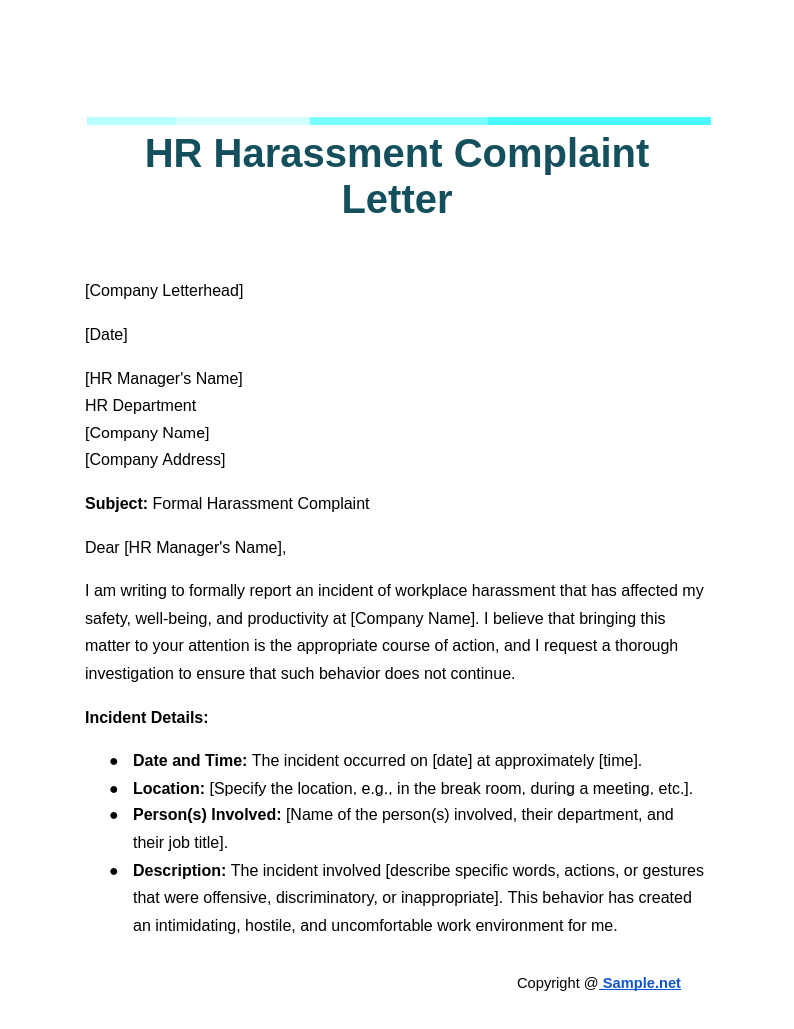
HR Harassment Complaint Letter
download now -
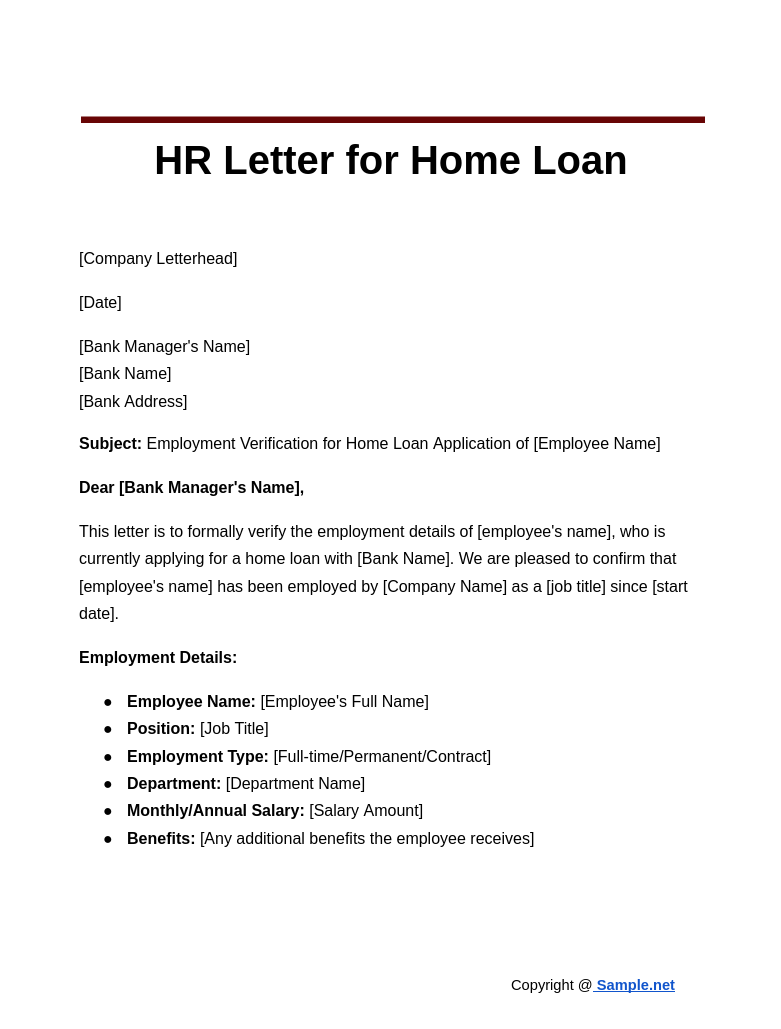
HR Letter for Home Loan
download now -
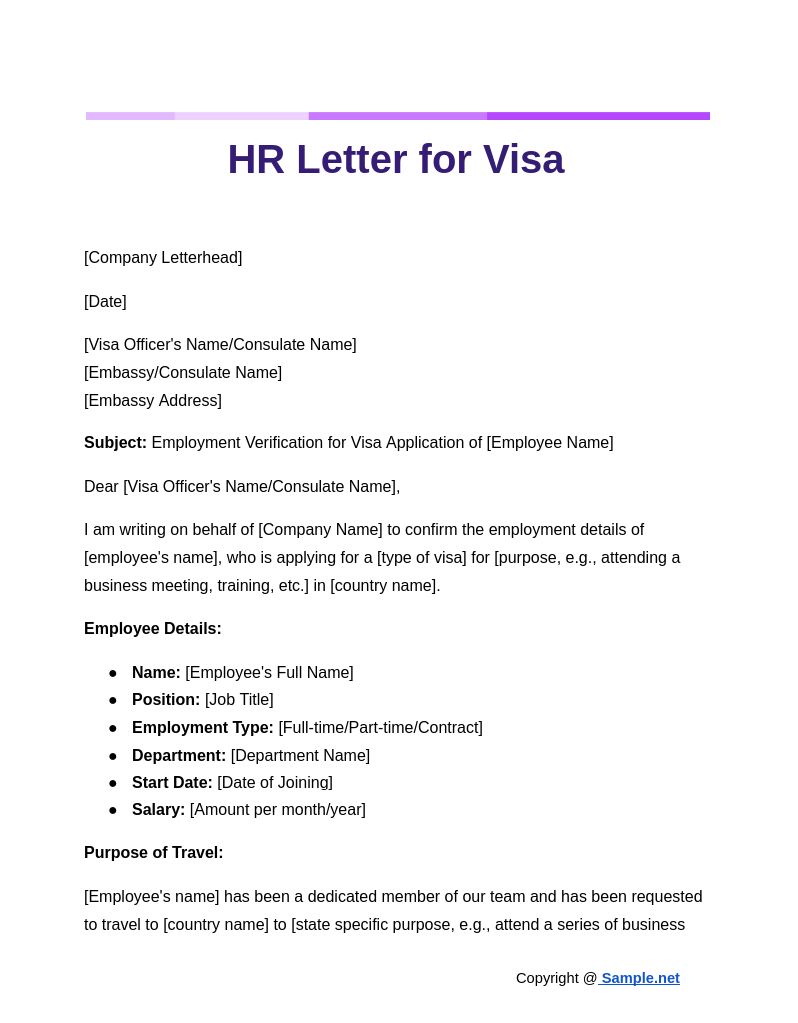
HR Letter for Visa
download now -
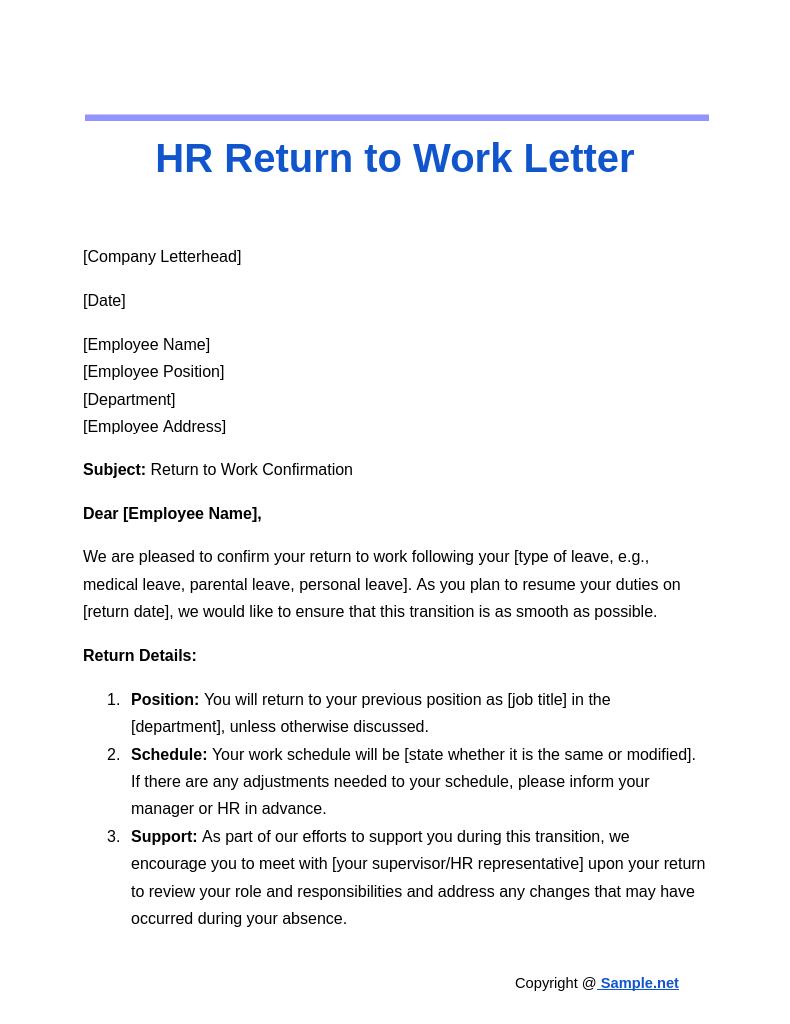
HR Return to Work Letter
download now -
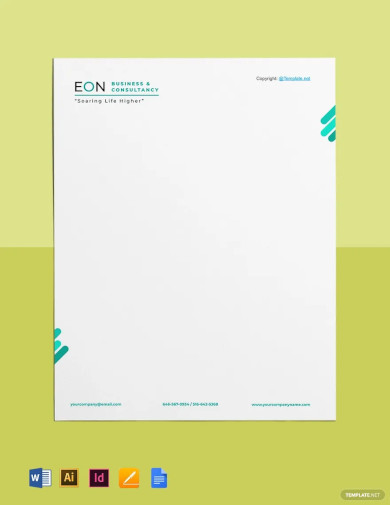
Sample HR Letterhead Template
download now -
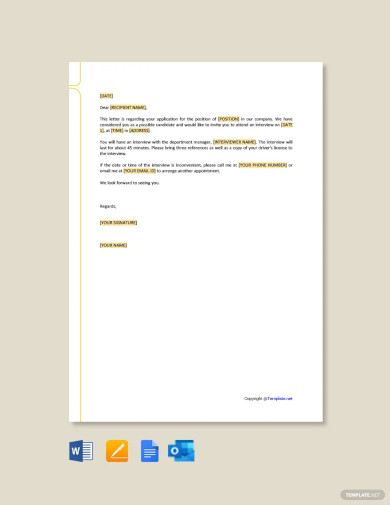
HR Invitation Letter Format Template
download now -
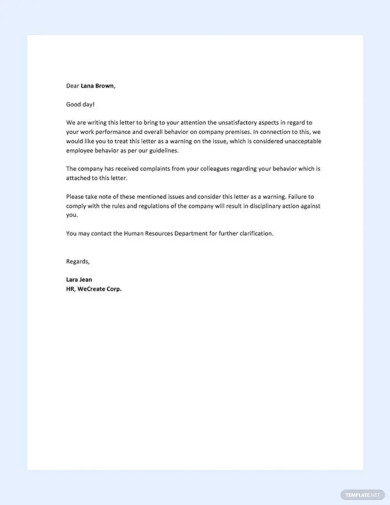
HR Warning Letter Template
download now -
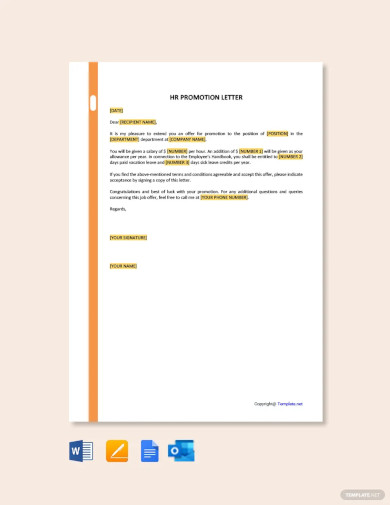
HR Promotion Letter Template
download now -
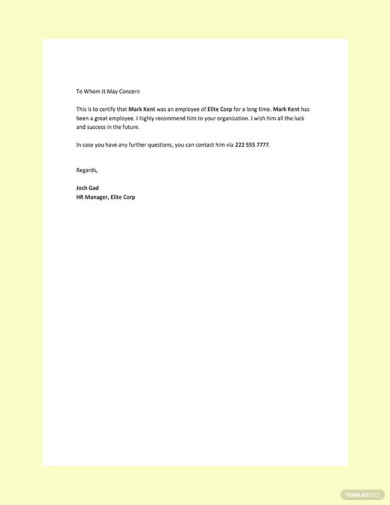
HR Reference Letter Template
download now -
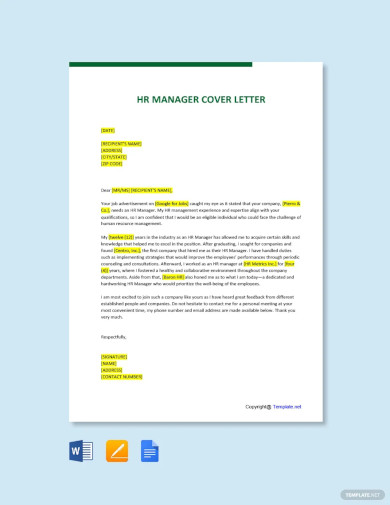
HR Manager Cover Letter Template
download now -
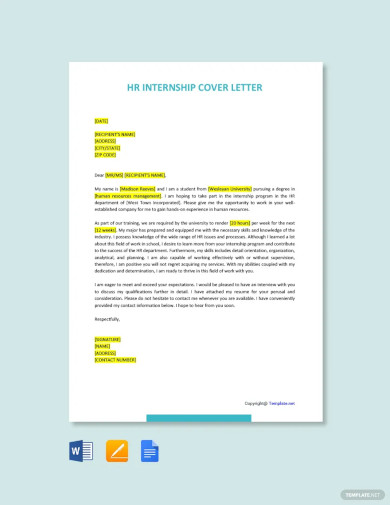
HR Internship Cover Letter Template
download now -
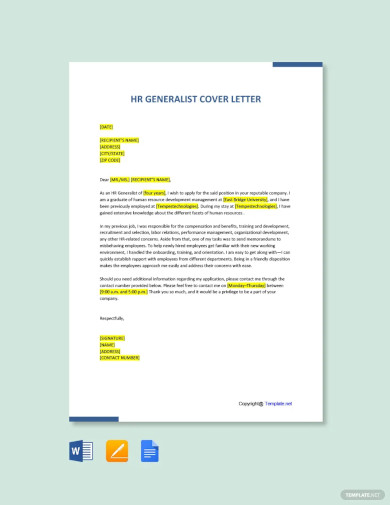
HR Generalist Cover Letter Template
download now -
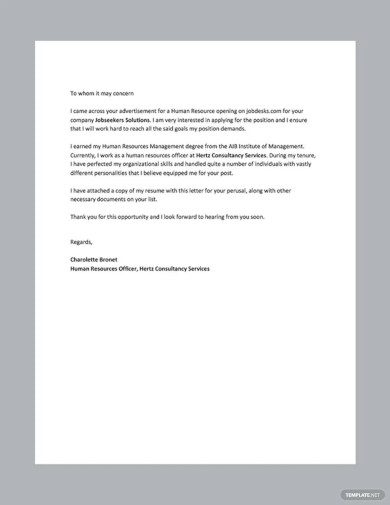
HR Resume Cover Letter Template
download now -
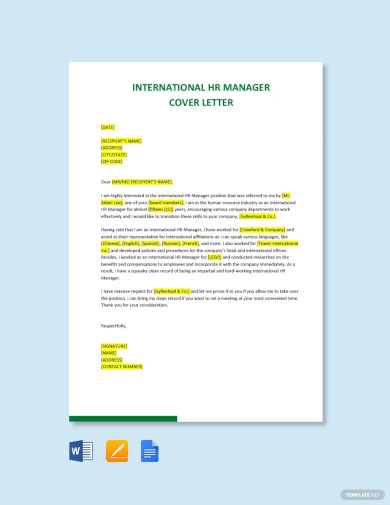
International HR Manager Cover Letter Template
download now -
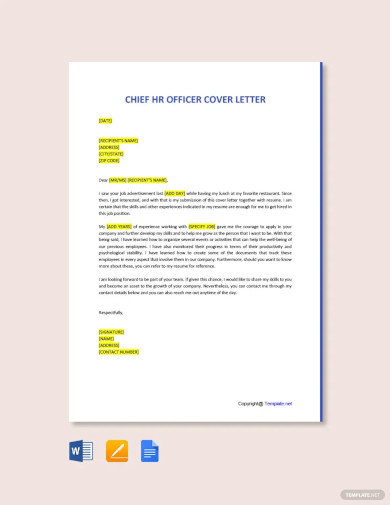
Chief HR Officer Cover Letter Template
download now -
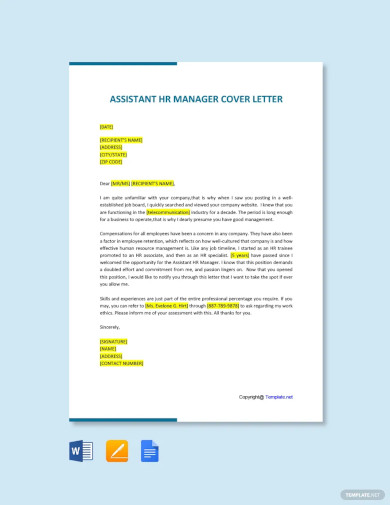
Assistant HR Manager Cover Letter Template
download now -

Experienced Hr Resume Cover Letter Template
download now -
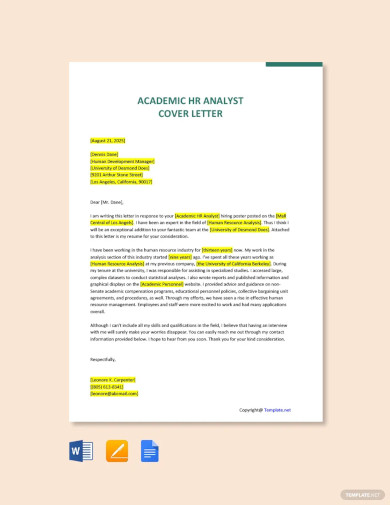
Academic HR Analyst Cover Letter Template
download now -
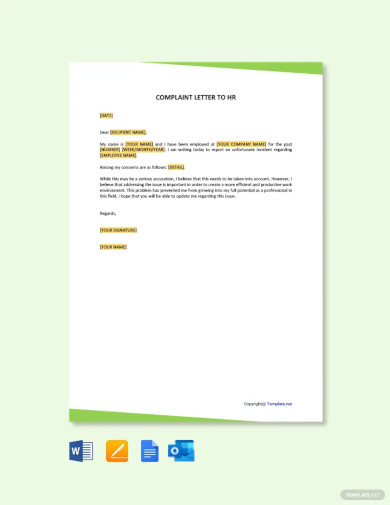
Complaint Letter to HR Template
download now -

Professional HR resume Cover Letter Template
download now -
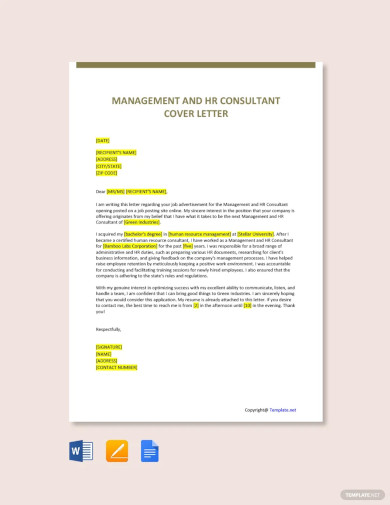
Management and HR Consultant Cover Letter Template
download now -
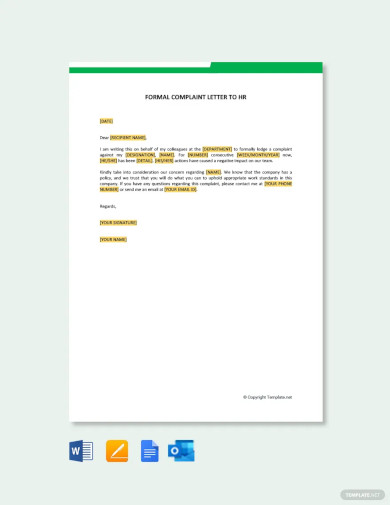
Formal Complaint Letter to HR Template
download now -
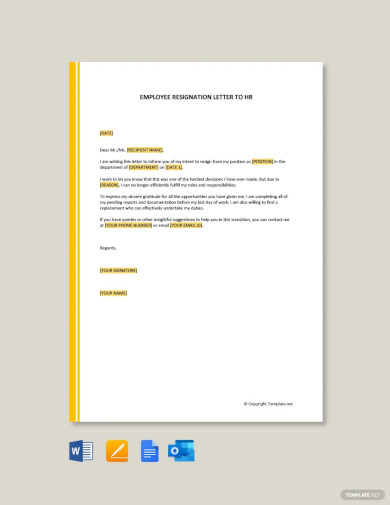
Employee Resignation Letter To HR Template
download now -
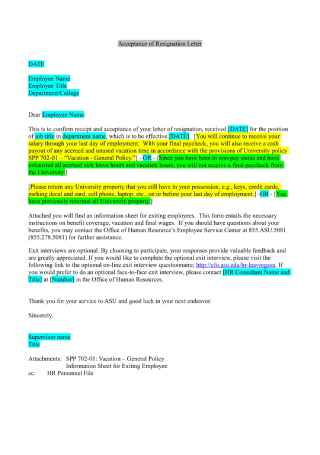
HR Acceptance of Resignation Letter
Inform employees that their resignation has been accepted by writing a letter.
-
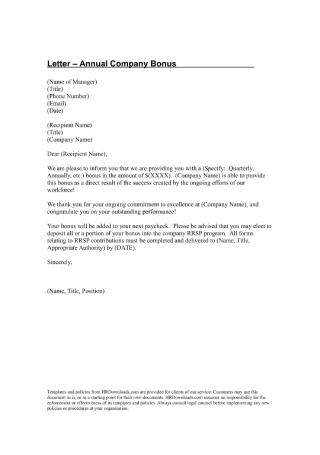
HR Annual Company Bonus Letter
Announce your company’s annual compensation bonus through a letter.
-
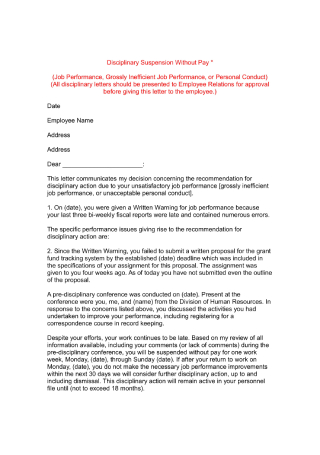
HR Disciplinary Suspension without Pay Letter
Take disciplinary action by informing employees of their suspension using a letter.
-
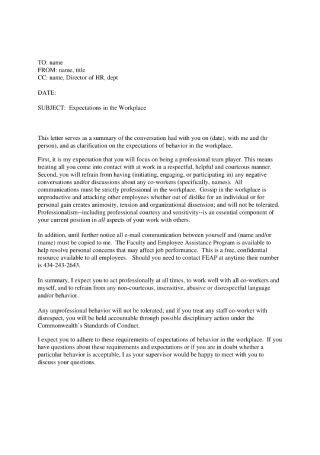
HR Employee Expectations Letter
Bring to a person’s attention their performance concerns against your expectations via a letter.
-
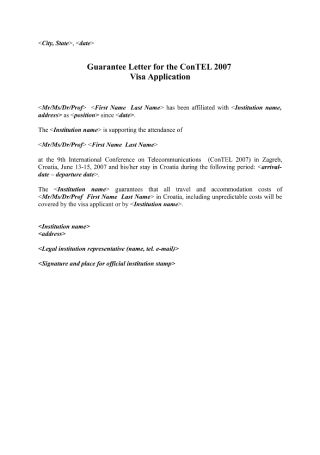
HR Bank Employee Guarantee Letter for visa Application
Prove that a visa applicant works for your organization with a written correspondence.
-
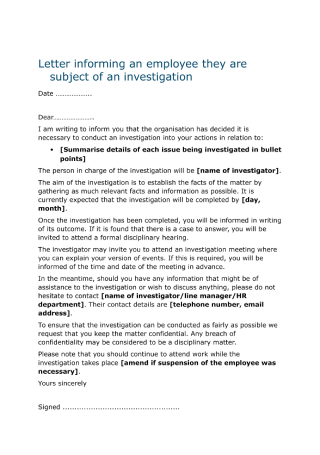
HR Employee Investigation Letter Format
Inform employees that they are the subject of an ongoing investigation through a letter.
-
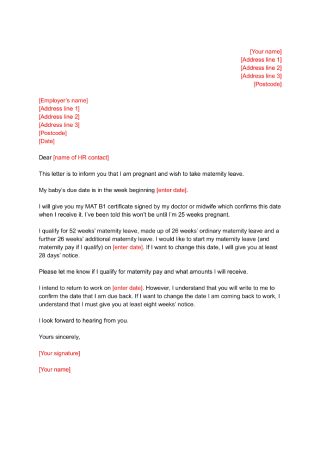
HR Employee Request Letter for Maternity Leave
Notify an employer of your pregnancy and maternity leave with the use of a letter.
-
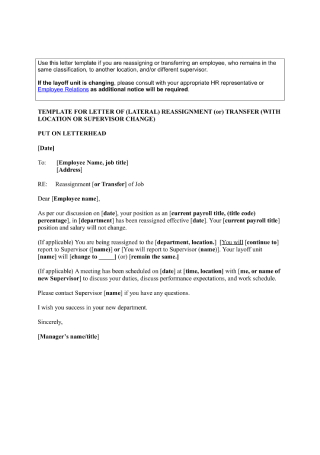
HR Employee Address Proof Reassignment Letter
Use this sample to reassign an employee to another location or job position within the company.
-
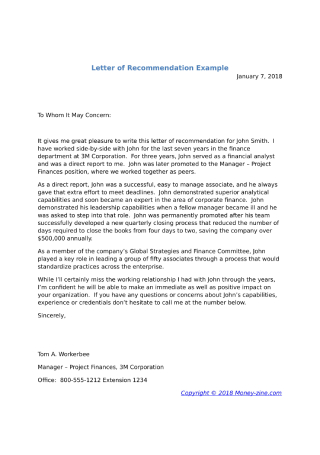
HR Employee Certificate Recommendation Letter
Help a former employee get a job at a new firm by crafting a recommendation letter.
-
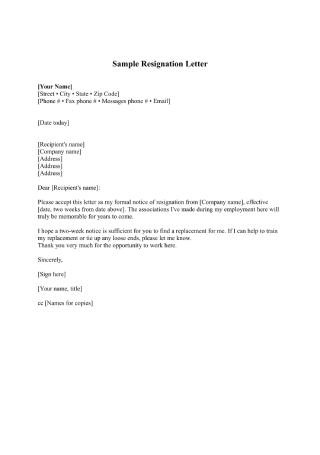
HR Employee Complaint Resignation Letter
Officially announce your resignation to an employer by providing a letter.
-
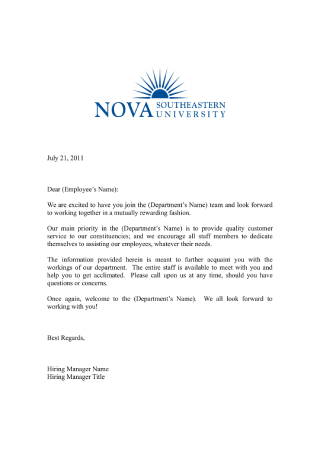
HR Employee Job Application Welcome Letter
Give a warm welcome to new employees by sending a letter on the company’s behalf.
-
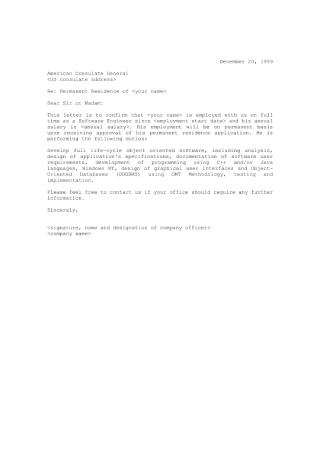
HR Employment Business Letter for Consular Processing
Verify your employment to a firm by submitting a letter to prove your claims.
-
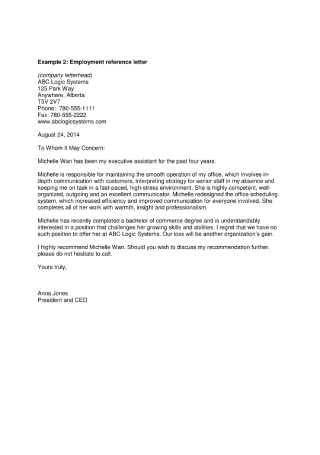
HR Employment Concern Reference Letter
Offer employers a reliable description about a candidate with an employment reference letter.
-
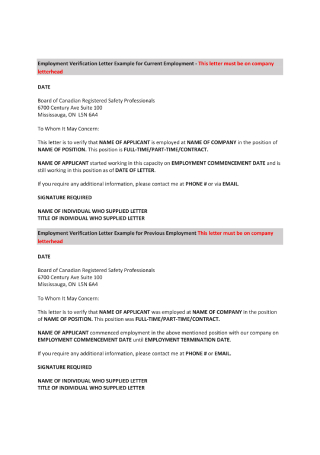
HR Sample Employment Verification Letter
Confirm that a person is or was employed by your company through a verification letter.
-
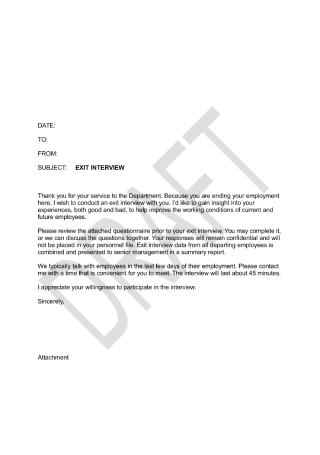
HR Exit Approval Interview Letter
Let an employee know about your desire to conduct an exit interview through a letter.
-
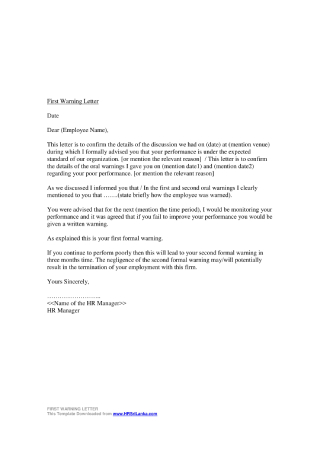
HR Manager First Warning Letter
Write a letter to give an employee their first warning over issues that go against company policies.
-
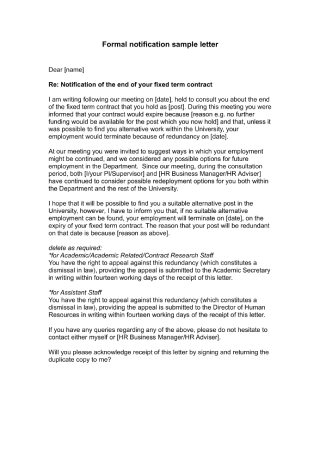
Formal HR Personal Loan Notification Letter
Notify business managers about something important through a formal letter.
-
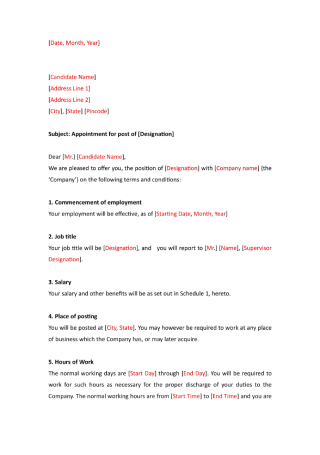
Sample HR Appointment Letter
Confirm that the organization is now affiliated with an employee using an appointment letter.
-
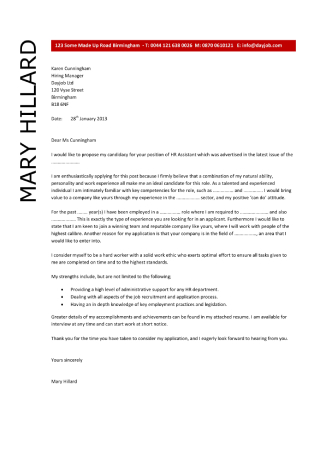
Sample HR Assistant Cover Letter
Apply for an HR assistant position by writing a cover letter to support your candidacy.
-
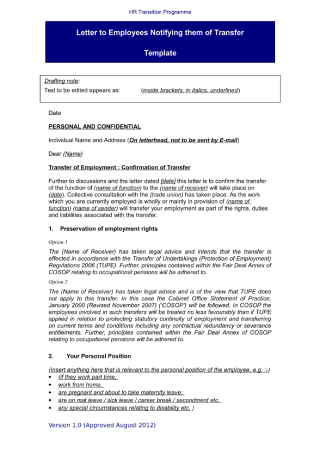
HR Letter for Employee Transfer
Request employees to move to another branch or department through a transfer letter.
-
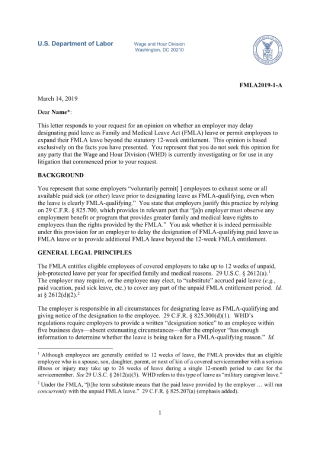
HR Letter of Opinion
Express your opinion regarding a law that applies to the practices of HR using a letter.
-
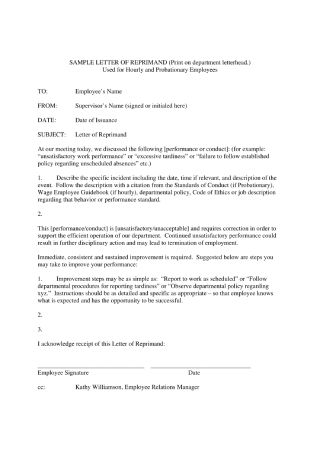
Sample HR Letter of Reprimand
Issue a letter of reprimand to address an employee’s behavior or performance.
-
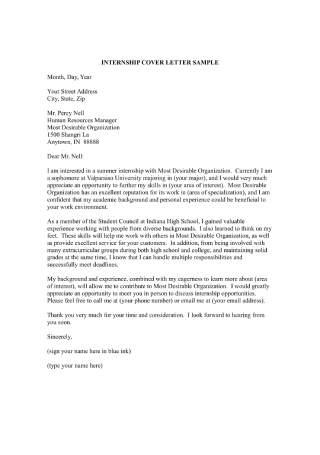
HR Internship Cover Letter
Apply for an internship position by submitting a cover letter at your employer’s request.
-
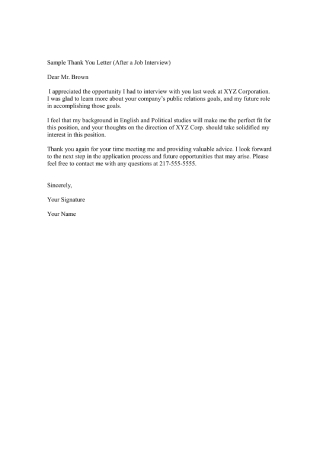
Job Interview HR Thank-You Letter
Write a thank-you letter following your job interview with the help of this sample.
-
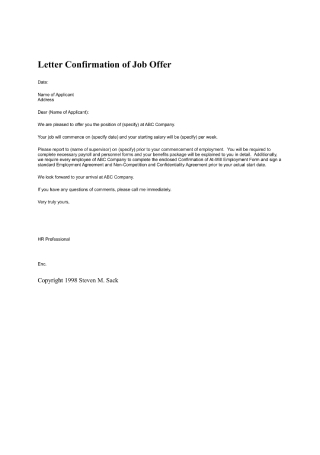
Letter Confirmation of Job Offer
Respond to your new employer by writing a letter to confirm the details of your employment.
-
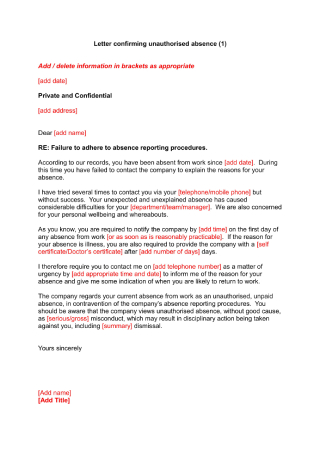
HR Letter Confirming Unauthorized Absence
Offer employees the opportunity to refute the assumption that they have resigned through a letter.
-

HR Letter for Imposition of Disciplinary Action
Inform an employee of their suspension without pay through a formal letter.
-
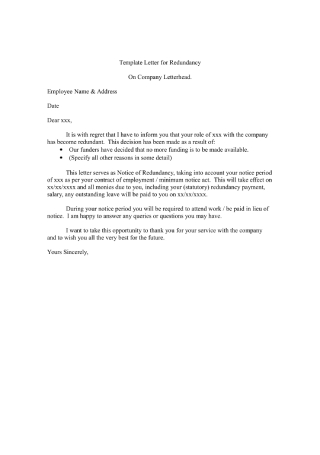
HR Letter for Redundancy
Give an employee a written notice of the termination of their employment using a letter.
-
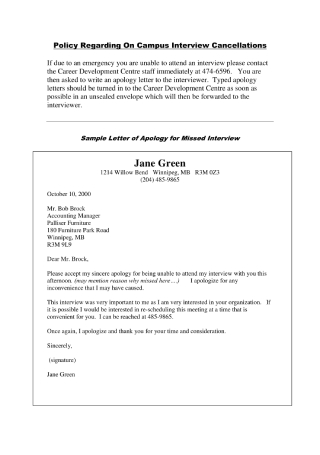
HR Letter of Apology for Missed Interview
Politely apologize for missing an interview by writing a letter to address the concern.
-
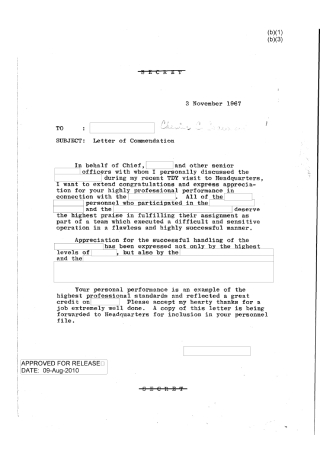
HR Letter of Commendation
Recognize an employee’s contribution to the company by preparing a commendation letter.
-
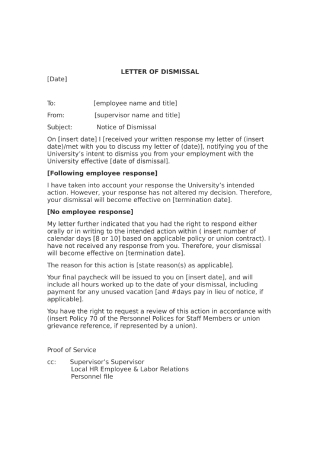
HR Letter of Dismissal
Notify employees that they have been fired from the services of the company through a letter.
-
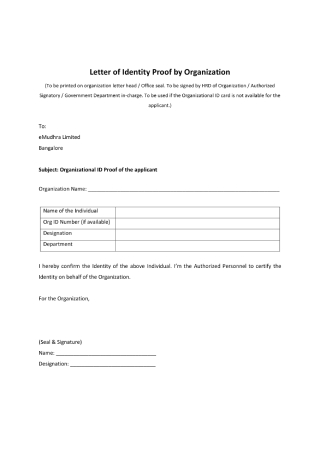
Sample Letter of Identity Proof by Organization
Provide evidence to confirm that an individual works for your company using a letter.
-

HR Letter of Interest
See if a company has a job opening that suits you by sending a letter of inquiry.
-
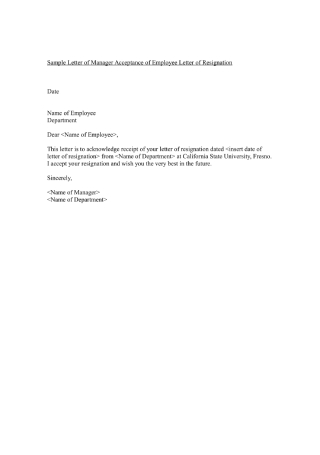
HR Letter of Manager Acceptance of Employee Resignation
Acknowledge an employee’s resignation by expressing your acceptance through a letter.
-
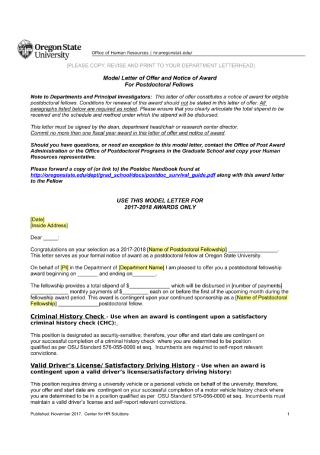
HR Letter of Offer and Notice of Award
Award outstanding employees for their hard work by expressing your gratitude in a letter.
-
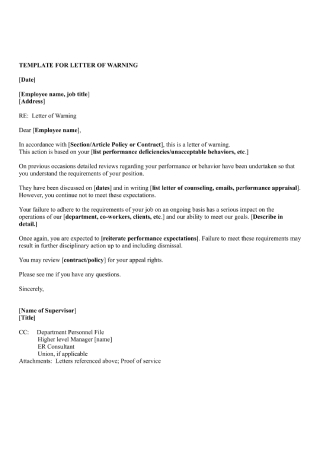
HR Letter of Warning
State your discontent over an employees actions by issuing a letter of warning.
-
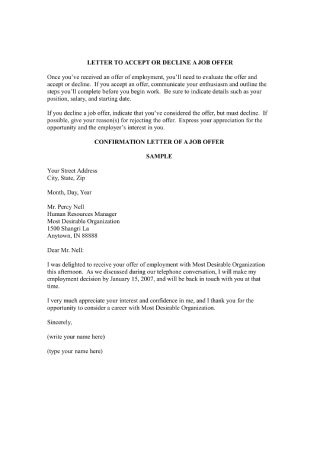
HR Letter to Accept or Decline Offer
Courteously turn down a job offer even after you have already accepted it by drafting a letter.
-
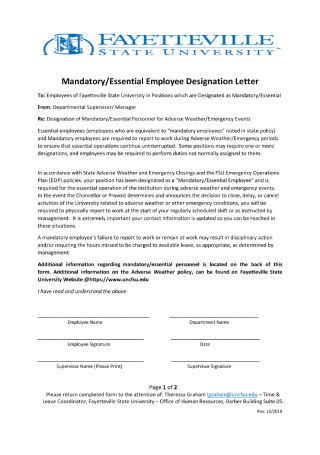
HR Mandatory Employee Designation Letter
Send a letter to employees as a reminder of their attendance requirements at work.
-
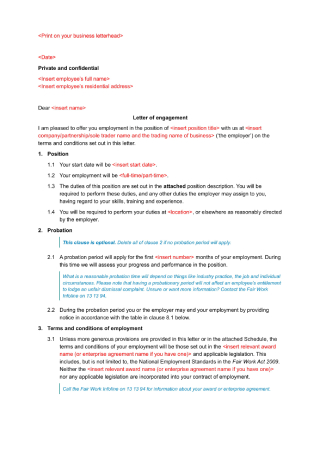
HR New Employee Letter of Engagement
Make the terms and conditions of one’s employment perfectly clear in a letter.
-
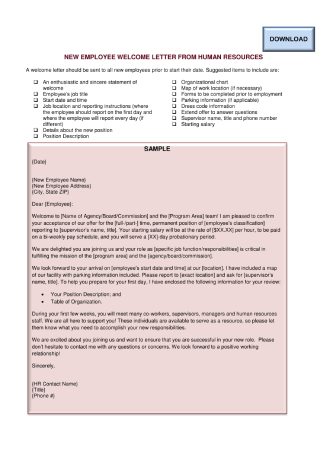
HR New Employee Welcome Letter
Welcome new hires to the workplace and team by sending a letter on their first day on the job.
-

HR New Hire Probation Letter
Inform new employees of the company’s probation time frame through the use of a letter.
-
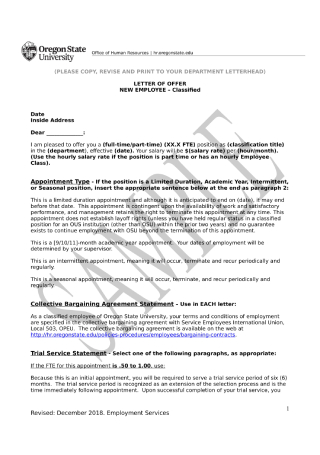
HR Offer Letter to New Employee
Secure a candidate for a position in your company by making the offer known in a letter.
-

HR Official Employee Offer Letter
Extend a professional offer letter to promising candidates by referring to this sample.
-
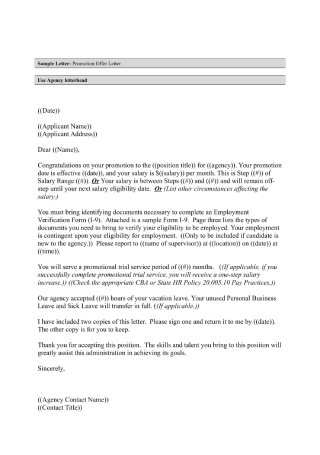
HR Promotion Offer Letter
Announce an internal promotion to an employee in a formal offer letter.
-
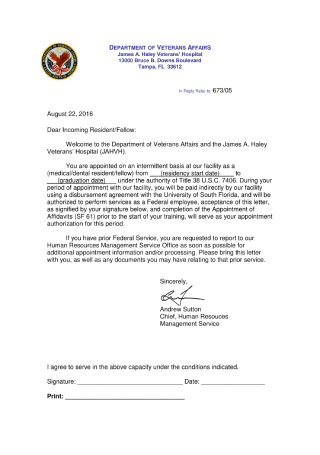
HR Resident Appointment Confirmation Letter
Confirm a person’s residency at your facility by communicating this through a letter.
-
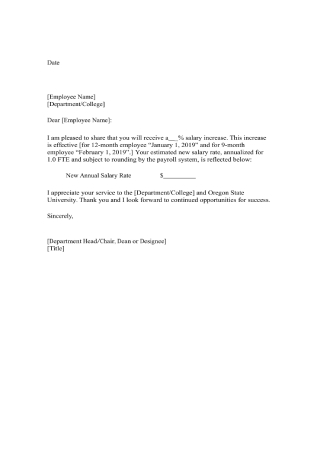
HR Salary Increase Letter
Notify an employee of the details of their salary increase through a letter.
-
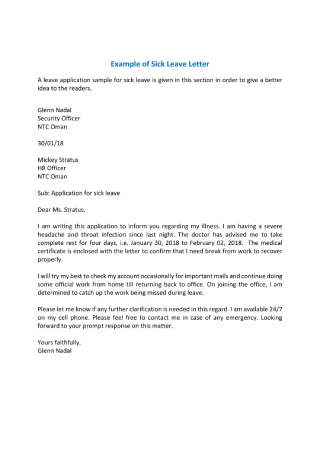
HR Sick Leave Letter
Establish your purpose and explain the reason for leave in a letter.
-
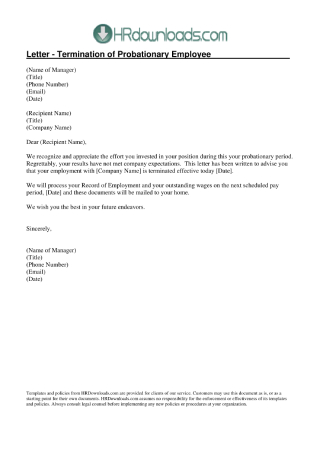
HR Termination of Probationary Employee Letter
Dismiss underperforming employees who are under probation with the help of a letter.
-
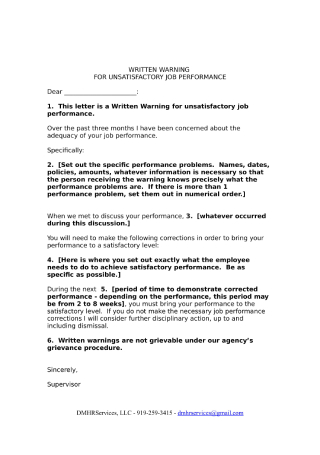
HR Warning Letter for Unsatisfactory Job Performance
Warn employees of their unsatisfactory performance at work through a letter.
-
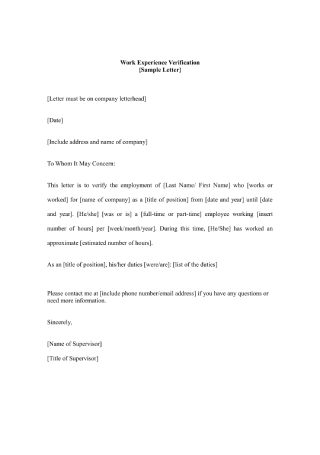
HR Work Experience Verification Letter
Confirm an individual’s former or current employment with your organization in a letter.
FREE HR Letter s to Download
HR Letter Format
HR Letter Samples
What is an HR Letter?
Every Company Needs HR Letters
How to Create an HR Letter?
FAQS
What should be the tone of an HR letter?
How are HR letters stored in a company?
How often are HR letters issued to employees?
What should be included in an HR promotion letter?
Are HR letters legally binding?
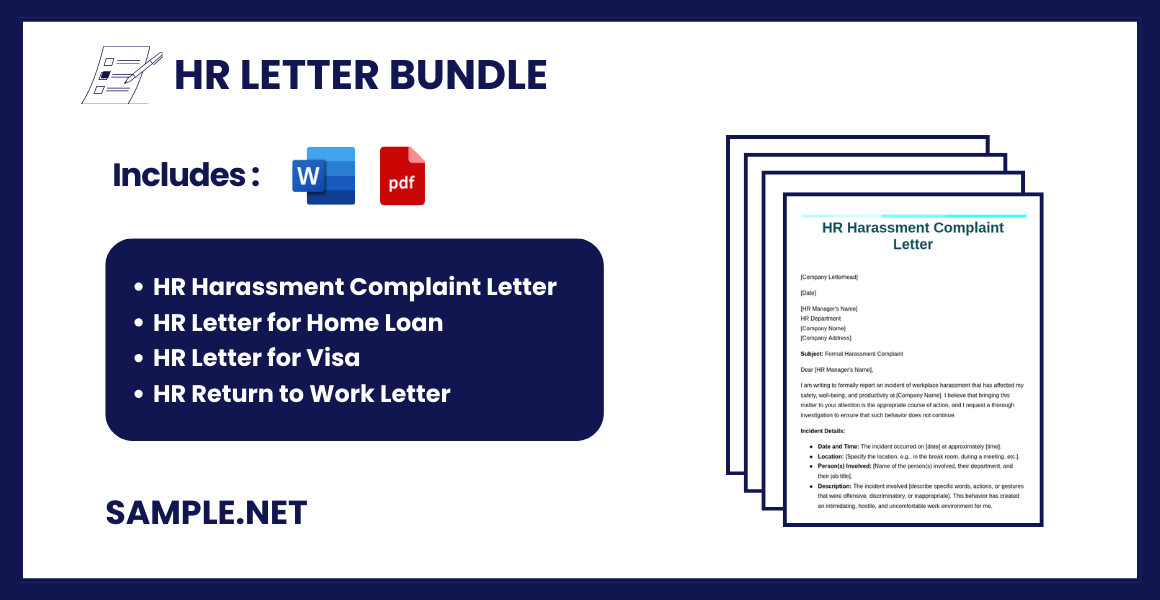
HR Letter Format
[Company Letterhead]
[Date]
[Employee Name]
[Employee Position]
[Department]
[Employee Address]
Subject: [Subject of the Letter]
Dear [Employee Name],
[Introduction]
We are writing to inform you about [brief reason for the letter, e.g., promotion, salary change, policy update, etc.].
[Body of the Letter]
- Reason/Context: Provide a detailed explanation of the purpose of this communication. Specify if it’s a formal acknowledgment of an event, a decision, or a policy.
- Details/Implications: Clearly mention any changes or decisions being implemented. If applicable, outline the new role, changes in salary, responsibilities, or any terms and conditions that apply.
- Expectations/Next Steps: Specify any expectations from the employee, such as acknowledgment, further action, or follow-up meetings, if needed.
[Closing Paragraph]
We appreciate your [efforts/contributions/performance] and look forward to your continued success with [Company Name].
Sincerely,
[HR Manager’s Name]
HR Manager
[Company Name]
[Contact Information]
What is an HR Letter?
An HR letter is a formal document issued by the HR department to communicate with employees regarding various employment matters, including salary, promotion, confirmation, or termination. You can also see more on HR Manager Cover Letters.
Every Company Needs HR Letters
There are several types of letters designed to carry out HR-related functions. Some letters are made to recognize the superior performance of an employee, while others are written to dismiss an underperforming individual from his or her post. These sample letters are an integral part of business communication in which employers are given the opportunity to document their exchange with employees for clarity and reference.
To learn more about HR letters, let’s have a quick rundown on the most common types.
How to Create an HR Letter?
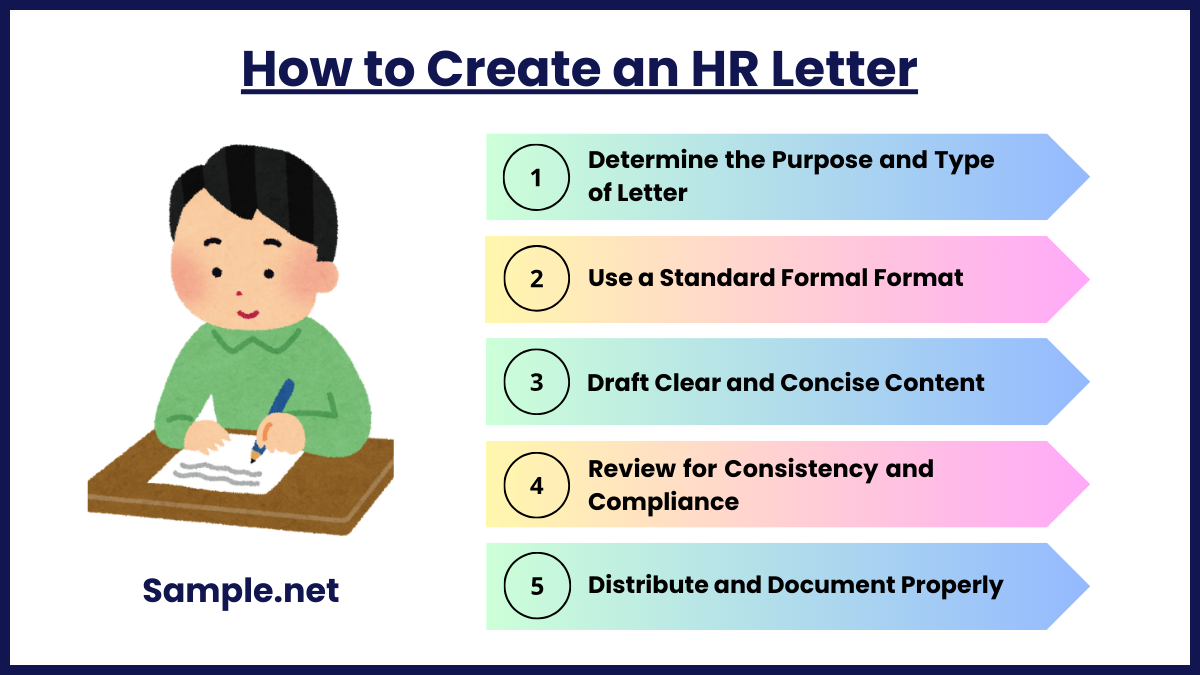
Creating an HR letter involves a clear understanding of its purpose, a formal structure, and accurate information. HR letters serve various purposes, including employment offers, promotions, terminations, or salary adjustments. Ensuring a professional tone and compliance with HR policies is critical when drafting these formal documents. You can also see more on Job Reference Letters.
Step 1: Determine the Purpose and Type of Letter
Before writing an HR letter, identify its purpose. Whether it’s for a job offer, promotion, termination, or salary increment, knowing the objective will guide the letter’s tone, language, and content. Ensure you’re clear about the message you need to communicate to maintain accuracy and relevance throughout the document.
Step 2: Use a Standard Formal Format
Begin with the company’s official letterhead to maintain a formal tone. Include necessary elements like the date, recipient’s name, position, and address. Use a professional and structured format that aligns with HR standards. Set up the document with a clear subject line, followed by a formal salutation addressing the recipient by name. You can also see more on Letter Notice.
Step 3: Draft Clear and Concise Content
The body of the letter should contain clear and concise information relevant to the purpose. For example, in a termination letter, state the reasons clearly, while in a promotion letter, highlight the employee’s achievements. Use direct language and ensure the message is easy to understand, covering all necessary details such as dates, next steps, or actions required by the employee.
Step 4: Review for Consistency and Compliance
After drafting, review the letter for errors and ensure it complies with company policies and legal standards. Double-check information like dates, figures, and names to maintain accuracy. Cross-check the content against HR protocols to ensure that it aligns with company practices and regulatory requirements.
Step 5: Distribute and Document Properly
Send the HR letter to the intended recipient via the preferred communication channel—email or printed copy. Ensure it reaches the right person and gets acknowledged. Retain a copy of the letter in the HR files or digital database for documentation and future reference. Proper documentation ensures record-keeping and maintains transparency in HR processes.
HR letters play a crucial role in maintaining formal communication, setting clear expectations, and supporting the overall HR processes. Ensuring accuracy, professionalism, and clarity in these letters contributes significantly to positive employer-employee relations, aiding effective HR management. You can also see more on HR Strategic Plans.
FAQS
What should be the tone of an HR letter?
The tone of an HR letter should be formal, respectful, and professional. It should convey the intended message clearly while maintaining a positive and constructive approach. Avoid casual language and ensure the tone aligns with company values.
How are HR letters stored in a company?
HR letters are stored in both digital and physical formats within the HR department’s records. Digital copies are usually saved in HR management systems, while physical copies may be kept in the employee’s personnel file for compliance and record-keeping.
How often are HR letters issued to employees?
HR letters are issued as needed, based on events such as hiring, promotions, sample policy changes, or exits. There’s no fixed schedule; they are created whenever formal communication is required for HR-related matters.
What should be included in an HR promotion letter?
An HR promotion letter should include the employee’s new position, updated salary details, effective date of the promotion, and any changes in responsibilities. It should also acknowledge the employee’s achievements that led to the promotion.
Are HR letters legally binding?
Yes, some HR letters, like employment contracts or termination letters, can be legally binding. They may include terms and conditions that both the employer and employee need to adhere to, making them crucial in legal matters.
